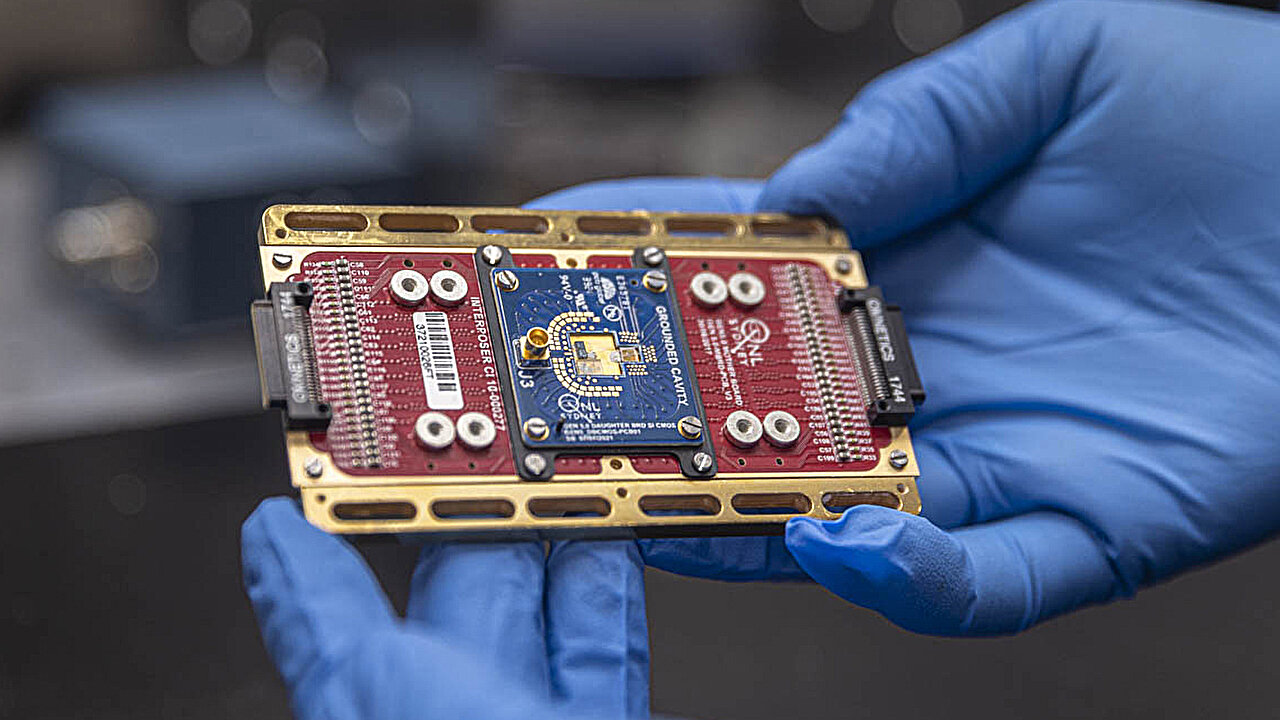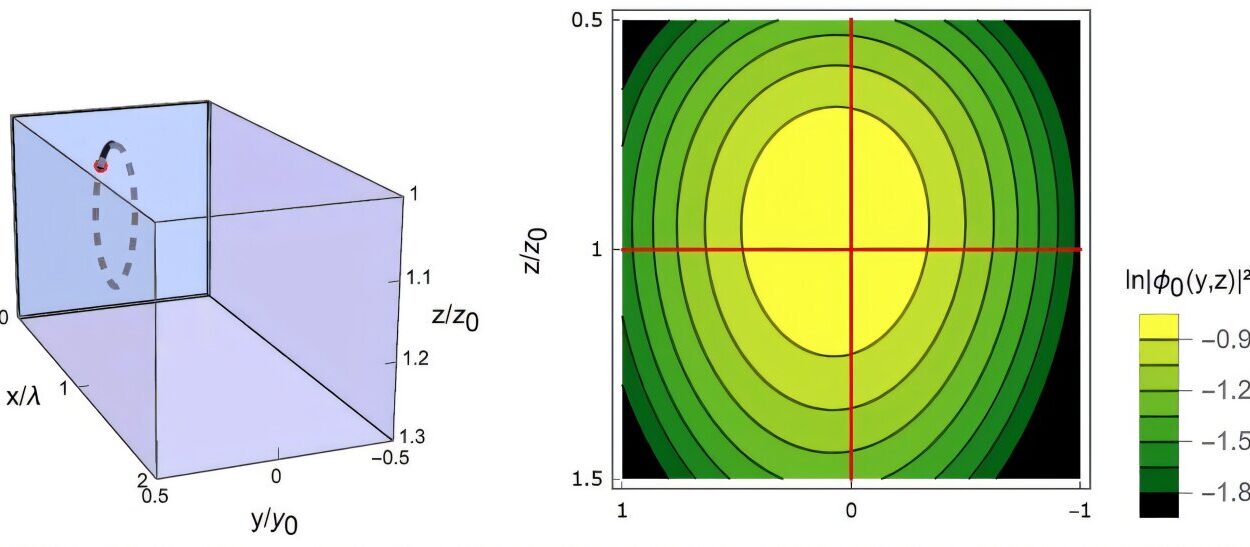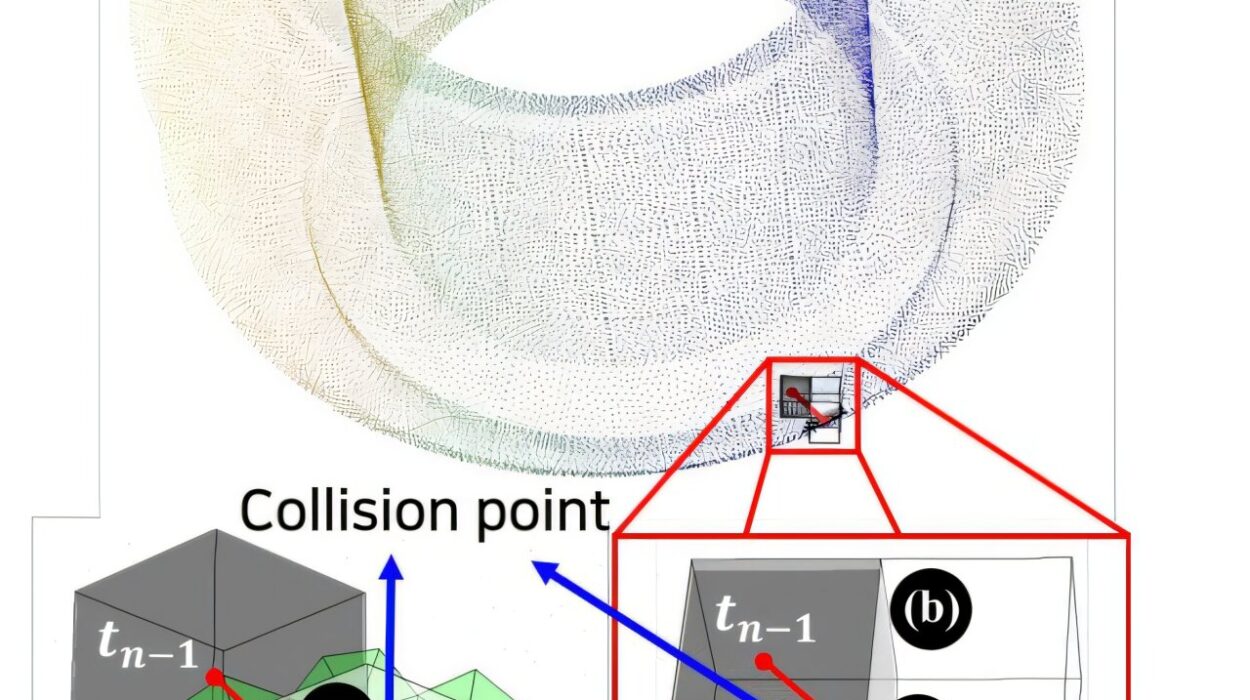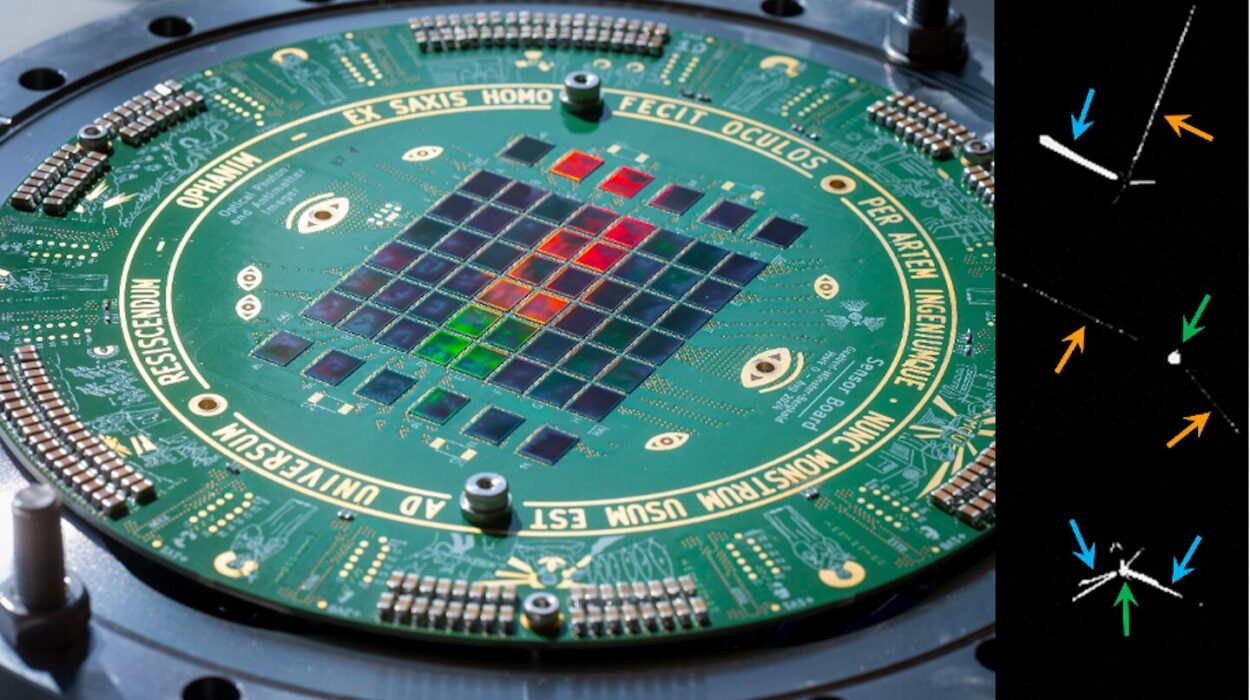Beneath the buzz and billion-dollar investments circling quantum computing, one quiet revolution has just leapt forward—from deep within a laboratory chilled to near absolute zero.
In a paper published in Nature, scientists at the University of Sydney revealed a stunning milestone in the pursuit of large-scale, usable quantum computers. They’ve developed a revolutionary control chip that operates mere millikelvins above absolute zero—the coldest temperatures found anywhere in the universe—and proven it can reliably run the most delicate building blocks of quantum computers: qubits.
It’s not just a scientific achievement. It’s a technological symphony of precision, resilience, and ambition—a turning point that could propel quantum computing from a laboratory curiosity to a global engine for discovery.
A Century-Old Dream, Frozen Into Focus
Quantum computing has long been celebrated as the frontier of what’s next—a new way to simulate molecules, optimize complex systems, and potentially crack unsolvable problems. But if the theory is dazzling, the practice is punishing. Current quantum machines struggle to scale beyond a few dozen or hundred qubits. To solve meaningful problems, millions may be needed.
Each qubit—the quantum equivalent of a transistor—must be isolated from its environment, chilled to cryogenic temperatures, and controlled with astonishing delicacy. A whisper too loud in the electronics can disrupt their fragile state. Heat is the enemy. Complexity is the obstacle. Stability is the dream.
And for years, there was a brutal paradox: to control more qubits, you need more electronics—but electronics generate heat, and heat destroys qubits.
Now, researchers led by Professor David Reilly at the University of Sydney may have just cracked that dilemma wide open.
The Quantum Control Chip That Plays Well With Ice
Reilly and his team have built what’s known as a cryo-CMOS control chip—a silicon device capable of operating in the ultra-cold realm of quantum hardware. What makes it remarkable isn’t just that it works at temperatures close to -273°C, but that it does so without disturbing the very quantum systems it’s meant to control.
“Our chip runs just microns away from the qubits,” said Professor Reilly. “That’s less than a human hair apart—and yet, it doesn’t shake them. That’s the holy grail: control that doesn’t kill coherence.”
Until now, quantum experiments typically connected qubits to room-temperature control systems via long, expensive cables. It was a clunky, inefficient setup that would never scale to millions of qubits. But the new approach shows that control electronics can live right alongside the qubits—even at near-zero temperatures—without causing destructive interference.
“We’ve demonstrated that with careful engineering, it’s possible to build control systems that are essentially invisible to qubits,” said Reilly. “They don’t notice the transistor switching, the heat, the noise. They just behave.”
Quantum Chips That Speak the Language of Classical Computers
Why is this possible now?
The answer lies in a strategic pivot to spin qubits, a type of qubit based on the magnetic orientation of single electrons. Unlike more exotic qubit types, spin qubits can be built using CMOS (complementary metal-oxide-semiconductor) technology—the same method used to manufacture billions of traditional transistors in today’s laptops and smartphones.
That means spin qubits are inherently compatible with classical computer architecture. They aren’t just science fiction—they’re manufacturable.
The new control chip fits perfectly into this vision. It doesn’t just control one or two qubits. In experiments, it performed single- and two-qubit gate operations with no measurable loss in fidelity, no degradation in coherence time, and negligible interference from electrical noise.
More importantly, it did all this within a power budget of just 10 microwatts—less than the energy a mosquito uses to fly. This is what makes it scalable. It means you could, in theory, place thousands—millions—of these chips onto a wafer without burning out your cooling system.
Dr. Kushal Das, lead chip designer and cryogenic electronics expert, put it simply: “We designed a control system quiet enough, cold enough, and efficient enough to live where no chip has lived before.”
Sydney’s Quantum Engine Roars
The story of this breakthrough is also a story of collaboration. The chips were tested using qubits from Diraq, a spin-off of the University of New South Wales led by renowned quantum physicist Professor Andrew Dzurak. Meanwhile, the new control electronics were born from Emergence Quantum, a company co-founded by Reilly and Dr. Thomas Ohki to commercialize cryogenic control systems.
This marks a new era for Sydney, fast emerging as a global nucleus for quantum innovation.
“We’re not just doing good science,” said Reilly. “We’re building companies, creating jobs, and solving real problems. Sydney is becoming a quantum powerhouse.”
Lead author Dr. Sam Bartee, now working at Diraq, started this work as a Ph.D. student with Reilly. “It’s exhilarating,” he said. “We’re standing on the edge of something that could redefine computing. And Sydney is right at the center.”
Quantum’s Hidden Future Just Became a Little More Real
There’s still a long road ahead. Making a truly universal, fault-tolerant quantum computer will require not just scalable qubits and cryogenic chips, but error correction, software, architecture, and algorithms suited for a quantum world.
But this milestone cuts through one of the biggest thickets in the forest: how to scale up without burning out.
Reilly believes the applications of this technology will extend far beyond quantum computing. “Cryogenic electronics are going to be critical for space systems, advanced sensors, and even data centers of the future,” he said. “Anywhere you need performance and precision at extremely low temperatures—this kind of technology will be key.”
In the end, it’s not just about controlling qubits. It’s about control itself—of heat, of noise, of chaos—and using it to build a new kind of machine that hums in silence, calculating possibilities we can barely imagine.
This time, the future isn’t hot. It’s freezing.
Reference: Samuel K. Bartee et al, Spin-qubit control with a milli-kelvin CMOS chip, Nature (2025). DOI: 10.1038/s41586-025-09157-x






